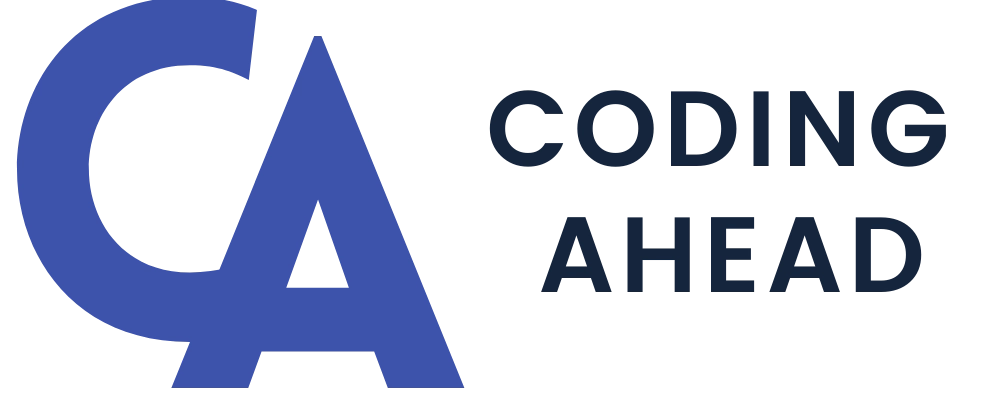How To Use CPT Code 61583
CPT 61583 describes the craniofacial approach to the anterior cranial fossa, specifically for intradural procedures. This article will cover the description, procedure, qualifying circumstances, appropriate usage, documentation requirements, billing guidelines, historical information and billing examples.
1. What is CPT Code 61583?
CPT 61583 can be used to describe the craniofacial approach to the anterior cranial fossa, specifically for intradural procedures. This code encompasses a range of surgical techniques that involve accessing the base of the skull to address lesions or defects within the dura mater. The specific approach used will depend on the location and size of the tissue defect.
2. Official Description
The official description of CPT code 61583 is: ‘Craniofacial approach to anterior cranial fossa; intradural, including unilateral or bifrontal craniotomy, elevation or resection of frontal lobe, osteotomy of base of anterior cranial fossa.’
3. Procedure
- The craniofacial approach is used to access the anterior cranial fossa.
- A unilateral or bifrontal craniotomy is performed to expose the intradural lesion or defect.
- The frontal lobe may be elevated or resected to gain access to the tissue defect.
- Osteotomy of the base of the anterior cranial fossa is performed as necessary.
- The specific steps of the procedure will vary depending on the location and size of the lesion or defect.
4. Qualifying circumstances
CPT 61583 is used for patients who require a craniofacial approach to the anterior cranial fossa for intradural procedures. This may include patients with tumors, defects, or other conditions that require surgical intervention in this area. The procedure is typically performed by a qualified healthcare professional with expertise in craniofacial surgery.
5. When to use CPT code 61583
CPT code 61583 should be used when a craniofacial approach is utilized to access the anterior cranial fossa for intradural procedures. It is important to accurately document the specific steps of the procedure and the reason for performing it in order to support the use of this code.
6. Documentation requirements
To support a claim for CPT 61583, the healthcare professional must document the following information:
- Reason for performing the craniofacial approach to the anterior cranial fossa
- Details of the specific steps performed, including any craniotomy, frontal lobe elevation or resection, and osteotomy
- Location and size of the lesion or defect
- Any additional procedures or repairs performed
- Signature of the healthcare professional performing the procedure
7. Billing guidelines
When billing for CPT 61583, ensure that the procedure meets the criteria outlined in the official description. It is important to accurately document the specific steps of the procedure and any additional procedures or repairs performed. CPT 61583 should not be reported with other codes unless additional procedures or repairs are performed.
8. Historical information
CPT 61583 was added to the Current Procedural Terminology system on January 1, 1994. It was later added to the Inpatient Only (IPO) list for Medicare in 2017.
9. Examples
- A patient with a large tumor in the anterior cranial fossa undergoes a craniofacial approach with a unilateral craniotomy, elevation of the frontal lobe, and osteotomy of the base of the anterior cranial fossa.
- A craniofacial approach is performed on a patient with a defect in the anterior cranial fossa, involving a bifrontal craniotomy, resection of the frontal lobe, and osteotomy of the base of the anterior cranial fossa.
- A healthcare professional performs a craniofacial approach on a patient with a complex lesion in the anterior cranial fossa, utilizing a unilateral craniotomy, elevation of the frontal lobe, and osteotomy of the base of the anterior cranial fossa.
- A patient with a large tumor in the anterior cranial fossa undergoes a craniofacial approach with a unilateral craniotomy, resection of the frontal lobe, and osteotomy of the base of the anterior cranial fossa.
- A craniofacial approach is performed on a patient with a defect in the anterior cranial fossa, involving a bifrontal craniotomy, elevation of the frontal lobe, and osteotomy of the base of the anterior cranial fossa.
- A healthcare professional performs a craniofacial approach on a patient with a complex lesion in the anterior cranial fossa, utilizing a unilateral craniotomy, resection of the frontal lobe, and osteotomy of the base of the anterior cranial fossa.
- A patient with a large tumor in the anterior cranial fossa undergoes a craniofacial approach with a unilateral craniotomy, elevation of the frontal lobe, and osteotomy of the base of the anterior cranial fossa.

